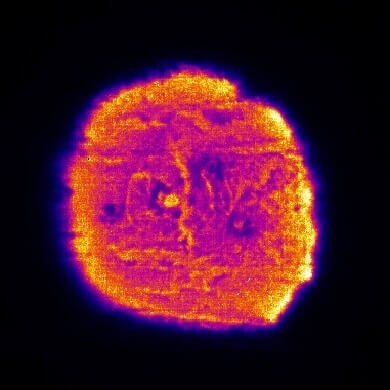Abstract
Smoldering combustion in wildland fires poses hazards for both ecosystems and humans by destroying biomass, transitioning to flaming combustion, and releasing significant quantities of pollution. Understanding the parameters that control smoldering is necessary to help predict and potentially mitigate these hazards. A challenge in identifying these parameters is the wide variety of biomasses which occur in nature. The objective of this study is to identify the effects of density and fuel concentration on the smoldering characteristics of cellulose and hemicellulose mixtures. These fuels were considered because they are some of the major organic constituents within biomass. To this end, downward smoldering propagation velocities were measured for 50%, 75%, and 100% cellulose content at densities varying from 170 to 400 kg/m3 ). The horizontal smoldering propagation velocities and temperature distributions were also determined for loosely packed samples ranging from 100% to 0% cellulose (with residual hemicellulose). Additionally, horizontal smoldering propagation velocities were determined for systematically varied ratios of cellulose (50% to 100%) and densities (200 to 400kg/m3). The fuel was burned in an insulated reactor box. An infrared camera measured the horizontal propagation velocity, and thermocouples measured the downward propagation. A one-dimensional reactive porous media model with reduced chemistry was used to identify key processes causing the observed sensitivities. At constant packing density, the propagation velocity increased as cellulose content decreased because of decreased heat release with increased cellulose content and the earlier onset of hemicellulose pyrolysis. The propagation velocity decreased with respect to packing density when the fuel content was constant because of reduced oxygen diffusion. The propagation velocity increased with cellulose content when the fuel was loosely packed because of the decreasing density.
